According to the National Bureau of Economic Research, there have been five recessions in the U.S. since 1980, with the last and biggest starting in 2008 and ending in 2009. Remember what dairy prices did in 2009? They went from historic highs in 2014 down to historic lows.
There has been speculation that the U.S. is headed for another recession. Will the next recession top the great recession of 2008/2009 and hammer milk prices?
“Probably not,” says Nate Donnay, senior dairy analyst with INTL FCStone. “When we think about the collapse in dairy prices we saw in 2009 it’s important to remember that the last recession was 50% longer than average and the decline in output was 100% bigger than average.”
If we do slip into a recession, what impact will that have on dairy prices?
“Every 1% change in real GDP (gross domestic product) growth globally drives an 8.5% to 9.5% change in dairy prices,” Donnay says. “A recession would hurt dairy demand and keep dairy prices lower than they would have been in a more robust economy.”
But a recession doesn’t guarantee lower prices, he says. That’s because supply matters, too.
“If the supply side is tight enough, you could still see commodity prices rally or even hold steady even in a recession,” Donnay says. He compared average commodity prices during each recession to the average price for the 12 months prior to the recession. Average prices in a recession were only down from pre-recession levels about half of the time. However, prices during the second half of a recession were almost always lower than the first half of the recession.
“So recession will keep commodity prices weaker than they otherwise would have been, and prices during the second half of a recession will likely be lower than the first half,” Donnay says. “But if we slip into a recession it doesn’t guarantee a drop in prices like we saw in 2009.”
Original article sourced from https://www.milkbusiness.com



